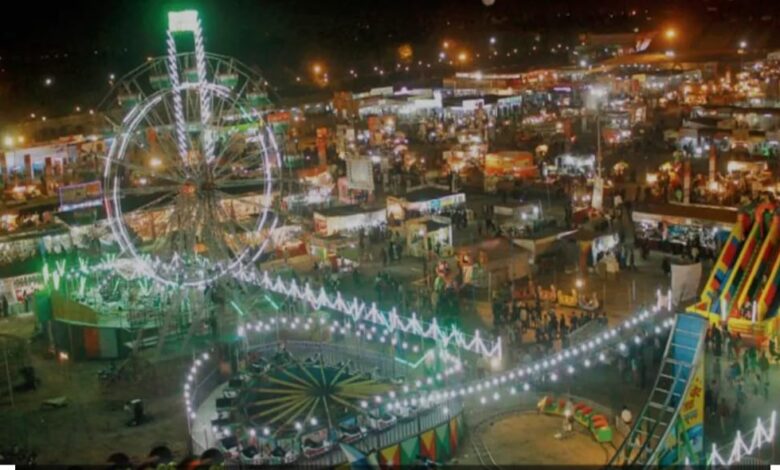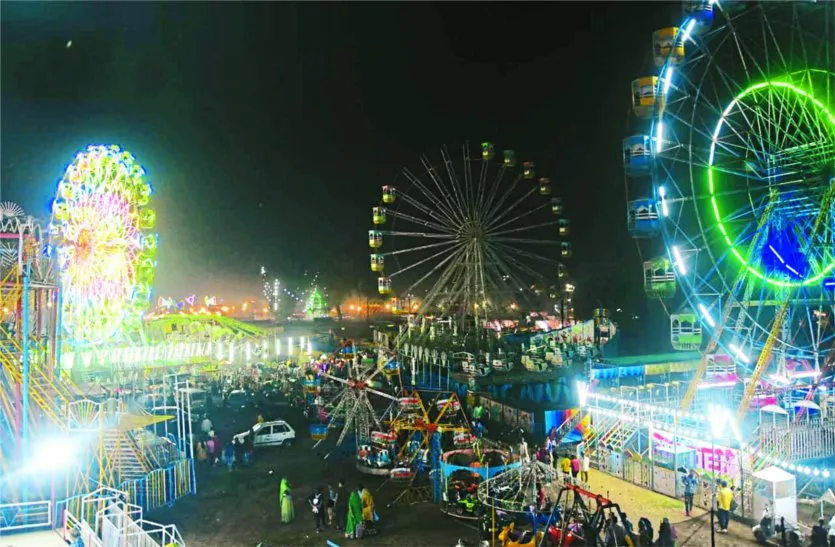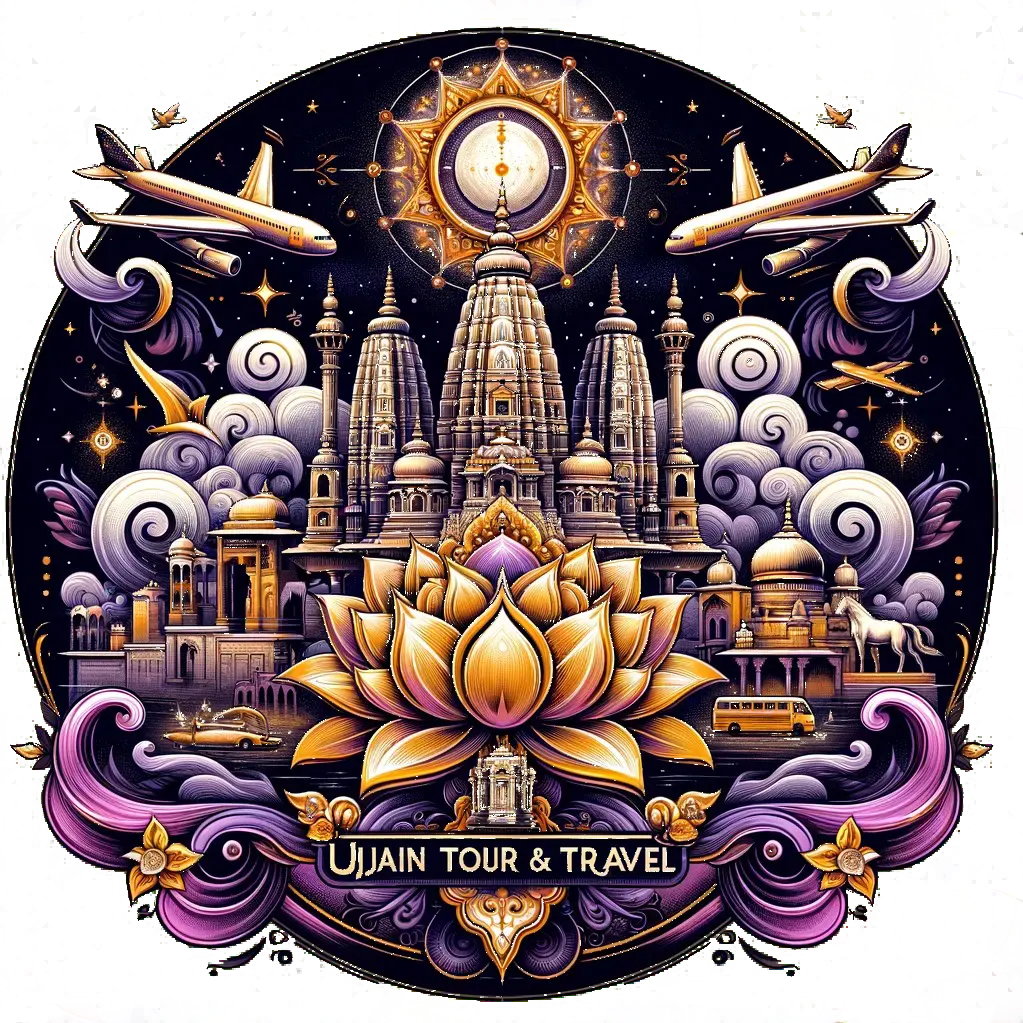
Introduction to Kartik Mela
The kartik Mela is a grand and vibrant festival celebrated primarily in Ujjain , Madhya Pradesh, marking the conclusion of the holy month of Kartik in the Hindu calendar. It is known for its religious, cultural, and commercial significance, attracting devotees, tourists, and merchants from across India. The event usually takes place near the banks of the Kshipra River and is deeply connected to Ujjain’s rich spiritual heritage, especially due to its association with Lord Shiva and Mahakal , one of the 12 Jyotirlingas.
This fair provides a glimpse into the vibrant traditions, spiritual devotion, and commercial vigor of the region. The Kartik Mela is a perfect amalgamation of spirituality, commerce, and entertainment, drawing people for religious purposes as well as for enjoying the bustling marketplace.

Importance of Kartik Mela
The Kartik Mela holds immense importance both religiously and culturally:
- Religious Significance: Ujjain is an ancient city known as the city of temples and home to one of the most revered Jyotirlingas, Mahakaleshwar. The Kartik Mela is observed during the holy month of Kartik (October-November), a period considered auspicious in Hinduism. Devotees take a dip in the sacred Kshipra River, believing it washes away sins and brings blessings.
- Cultural Significance: This mela also reflects the vibrant cultural practices of the region, featuring traditional dance, music, and art forms, which showcase the rich heritage of Ujjain and Madhya Pradesh.
- Economic and Social Importance: The fair brings together traders from different regions who set up various stalls selling goods ranging from everyday items to crafts and specialty products. It serves as a significant boost to the local economy and promotes interaction between people from various parts of the country.
Dates of Kartik Mela
- Last Year (2024): The Kartik Mela in Ujjain began on November 24, 2024, coinciding with the full moon night of the Kartik month, known as Kartik Purnima.
- This Year (2025): The Kartik Mela will commence around the 14th of November, 2025, as Kartik Purnima falls on this date. It typically lasts for several days, often spanning over a week.
Different Stalls at Kartik Mela
The Kartik Mela is not only a religious fair but also a bustling marketplace featuring a wide variety of stalls. Some of the notable stalls include:
- Religious Items: Stalls selling religious paraphernalia such as idols, prayer beads, incense, and offerings for Lord Shiva and other deities.
- Handicrafts: Local artisans showcase traditional Madhya Pradesh handicrafts, including pottery, jewelry, and textiles like Chanderi and Maheshwari sarees.
- Food Stalls: A major attraction, serving delicious local cuisine including poha, jalebi, bhutte ka kees, and various regional delicacies.
- Toys and Decorative Items: Many stalls sell colorful toys, decorative items, and other household goods.
- Commercial Goods: Stalls offering clothing, accessories, utensils, tools, and everyday items, providing an opportunity for trade and commerce.
- Amusement Stalls: Carnival-style attractions with rides, games, and entertainment for children and families.
History of Kartik Mela
The Kartik Mela has a long history tied to the religious and spiritual significance of Ujjain. It dates back centuries and is believed to have started as a small gathering of pilgrims who visited the holy city of Ujjain during the auspicious month of Kartik. Over time, it evolved into a larger cultural event with commercial stalls and performances, becoming an important fair in the region.
Ujjain’s religious and cultural legacy, especially as a major center of Hinduism and astronomy in ancient India, has played a vital role in shaping the fair. The association with Lord Mahakal and the presence of the sacred Kshipra River make it a hub for spiritual activity during this period. The Kartik Mela today reflects a rich tapestry of tradition, devotion, and community engagement.
Ujjain – A City of Spirituality and Heritage
Ujjain is one of the oldest cities in India, with a history that dates back to the Maurya and Gupta Empires. It is located on the eastern banks of the Kshipra River and is known for being a center of spiritual and religious activity for centuries.
- Mahakaleshwar Jyotirlinga: Ujjain is home to the Mahakaleshwar Temple, one of the 12 Jyotirlingas, making it a highly revered pilgrimage site for Hindus. Lord Shiva is worshipped here as the Lord of Time and Death, with the temple drawing millions of devotees each year.
- Astronomical Significance: Ujjain was once the prime meridian for the Hindu system of astronomy and is home to the Vedh Shala, an observatory that dates back to the reign of Raja Jai Singh.
- Kumbh Mela: Ujjain is one of the four cities where the Kumbh Mela is held every 12 years, further highlighting its spiritual importance.
- Cultural Hub: Ujjain has always been a melting pot of various cultures, as it was a prominent city in ancient India during the rule of King Vikramaditya. It is also connected to significant events in Hindu mythology, such as Lord Krishna’s education under Sage Sandipani.
Conclusion
The Kartik Mela in Ujjain is a blend of spirituality, culture, and commerce. It stands as a testament to the rich traditions of India and the enduring faith of the people. The fair plays a significant role in promoting religious tourism and local trade, serving as a cultural bridge between various communities. As one of Ujjain’s most significant events, the Kartik Mela offers an immersive experience of devotion and celebration, making it a must-visit for anyone seeking to understand the essence of this ancient city.
Explore the Vibrance of Hast Shilp Mela
While enjoying the grandeur of the Kartik Mela, don't miss the opportunity to explore the Hast Shilp Mela. Known for its vibrant display of traditional craftsmanship, this event offers a chance to witness and purchase exquisite handicrafts, art, and cultural artifacts. Both fairs reflect Ujjain's rich cultural legacy and provide a glimpse into the city's artistic brilliance.
